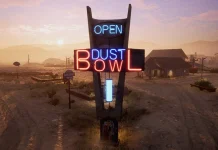Video games currently have a vast network for online games, like the PlayStation network, which leaves many boys in tears every time it goes down. After all, playing online is the way to go! You're at home, comfortably installed, fighting, scoring goals or shooting other guys, while – not at the same time, I hope – scratching your balls and relaxing your feet on the table, YEAH!
As an old-school gamer, I know that this dream (playing online, not playing and scratching at the same time) was common in past generations. It was mine, too. It seemed like something extremely distant, but the future has arrived for us.
A while ago, we had packed internet cafes, with a reasonable level of socialization. They had a peak and lasted a few years. It was a very peculiar time, fired by the high price of computers. But as worried mothers hated it and preferred to see children away from those dark, suspicious places, and with the drop in the price of internet connections and technology items, it became more comfortable and usual to play at home.
Okay, there's nothing like the comfort of your bedroom, where you can take a break from the game and drink some water, eat some snack... But between us, much more fun was the "face-to-face" contact with friends and adversaries, right by your side, so you could make fun of those who lost a fight in Street Fighter, a race in F-Zero or fell into a hole in Golden Axe (see more below).
Apart from the artificial experience of online chats, technology has deprived us of this personal interaction, seemingly forever.
Dangerously close
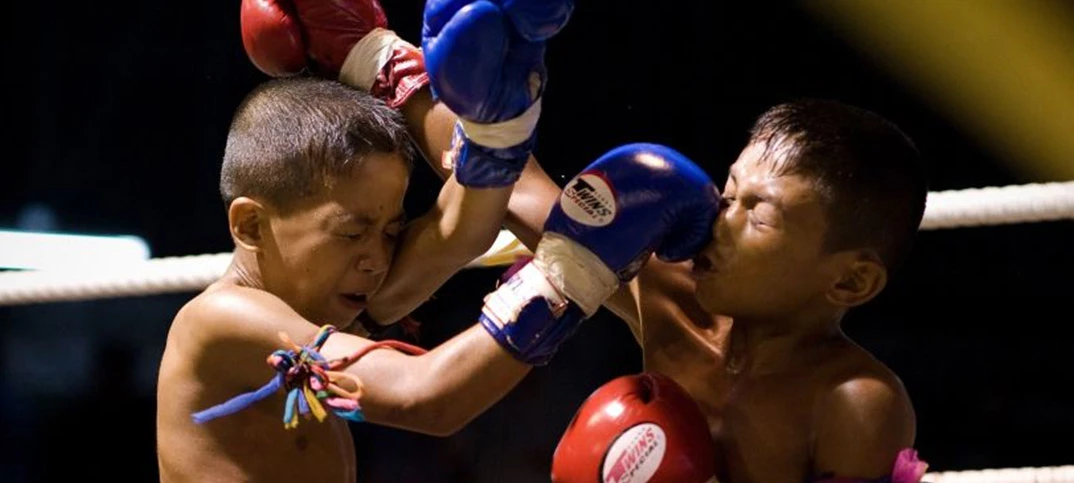
This closeness might not be so fun in some situations, such as when resorting to techniques not in line with "game ethics".
For example, hitting a dizzy opponent, or the infallible "light-sweep-then-grab" sequence from Street Fighter II, could lead to amazing fights in bars. The kids would slap each other like drunks fighting over a pool table.
Arguments easily turned into fights. Machines turned off after the sequence were common, I witnessed it all the time. When playing online, you can do almost anything you want; the only risk you run is being kicked from the server. But at least you'll have all your teeth in place.
Evil influence
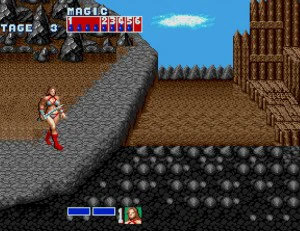
Not to mention the harmful influence of those watching you play. Since they were usually waiting your failure, so they could play, messing with those less experienced with the game was common.
A good example is the holes in the third stage of Golden Axe, when the unfortunate naive players were sent to death with a promise worthy of politicians:
"- There's the hole, see? Jump in it, there's a little river and you'll go straight to the village, it's a warpzone! It's cool, jump in and you'll see!"
With the right intonation, the barbarian, the Amazon, and the dwarf would all go down the drain. The only thing you couldn't do was apply this to older players, otherwise the aforementioned "slap fight" rule could be put into practice on you.
Another way to mess with your opponents was to simply withhold information. Why tell them that, with a ↓↘→ punch, Ryu would make a "shot of water"? Let the guy lose, I'm next!
Some players, who had contact with foreign magazines, always had tricks up their sleeves when playing. Most of them didn't tell a thing.
Coin vs card
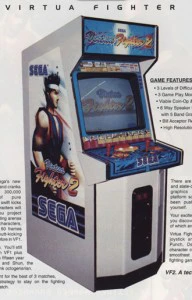
At that time, we were living through a transition in technology, when good old coins gave way to rechargeable cards. Obviously, just a new way to make things more expensive without you noticing before it was too late.
I remember the first time I came across this technological abuse: at a mall in São Paulo, maybe in 1995, an arcade called Playland had recently modernized its machines, adopting the card system. A single credit to play Sega's Virtua Fighter 2 would cost the equivalent of about ten coins before, just because it was new.
Of course, I refused to be extorted in that way, and I went to spend credits playing Street Fighter II Champion Edition.
But back to the subject of coins: they had their drawbacks, most notably – not to say the only – the greedy machines that swallowed them and didn't give credit. Not without being severely punched by the almost-players, until the person in charge of the machine complain. It almost never worked, but we had to try.
They had more advantages, like being carried in your pocket and used (when possible, which was rare and illegal) in other arcades. They didn't get crushed or broken, unless you were a real ninja and/or trying to destroy them; they had cute messages like "don't use drugs"... How many lives were saved by these messages? I hope many! Probably none.
And the main point: THEY COST THE SAME PRICE TO GIVE CREDIT ON ANY MACHINE IN THE HOUSE. No bs of "new game, double credits" (okay, some had that 2 coins/1 credit thing, but it was still cheaper than the card).
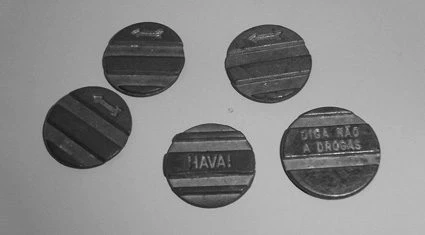
The parental scoldings "don't go into those arcades, okay?" were actually fair. Some could be pretty bad places, depending on the location. An environment usually dominated by pickpockets, small-time drug dealers, junkies, and who knows what else, was not recommended for silly kids who just wanted to play.
In this case, modest houses in the neighborhood were better, only frequented by locals. They were mainly snack bars, rental stores, and social areas of condos. Downtown arcades were visited only in special occasions.
Arcade-consoles for rent
With the conversion of arcade classics to consoles, such as Pit Fighter, Street Fighter and Mortal Kombat, rental stores quickly adopted a technique that became popular: setting up devices to play games on-site, with their very large TVs.
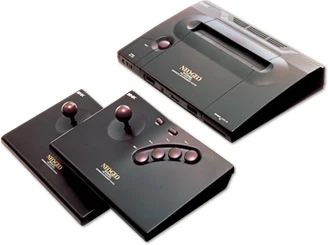
Since we had old 80s TVs at home, being at the rental store on a Saturday morning, playing new releases on a 29" screen was enticing. Even more because it wasn't hard to create bonds with local players, turning the day into micro-championships, where you didn't win anything of value, just the fun of the competition.
It was also the only opportunity for some to try out certain platforms, such as the "rich kid video games" (3DO, Neo-Geo), which were VERY expensive and inaccessible to ordinary mortals poors.
Not happy, some rental stores resorted to crude machines that were home consoles inside an arcade mini cabinet. They were weird, cheap and more uncomfortable than a regular arcade, in addition to the poorly finished and fragile controls. Games that required a lot of button pressing, such as fighting games, were always broken. I didn't really like those machines, although I played a lot on them, but overall, they were appreciated.
Arcades today
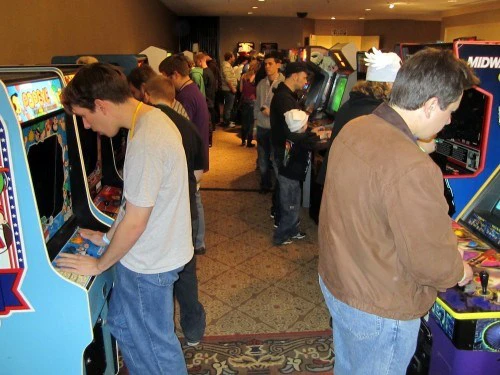
I stopped going to arcades a long time ago, but I don't even need to be there to know that the profile of the users has changed a bit. Instead of being a hideout for petty thieves and office boys cheating their bosses, it's now a bit more "family-friendly", with the introduction of dance simulators and the like. There are still the hangouts for street kids, but the internet has stolen many customers from the old shelters.
And with the near extinction of internet cafes, the last place where we used to socialize while playing in real life is gone – because playing online isn't exactly "real". We miss a different time, when the latest stuff wasn't on the computer screen, but on the street, waiting to be discovered.



